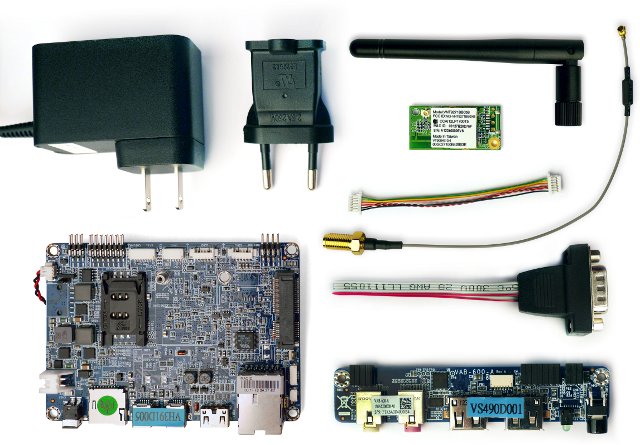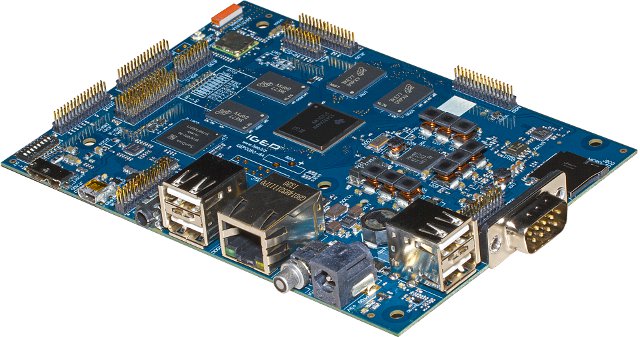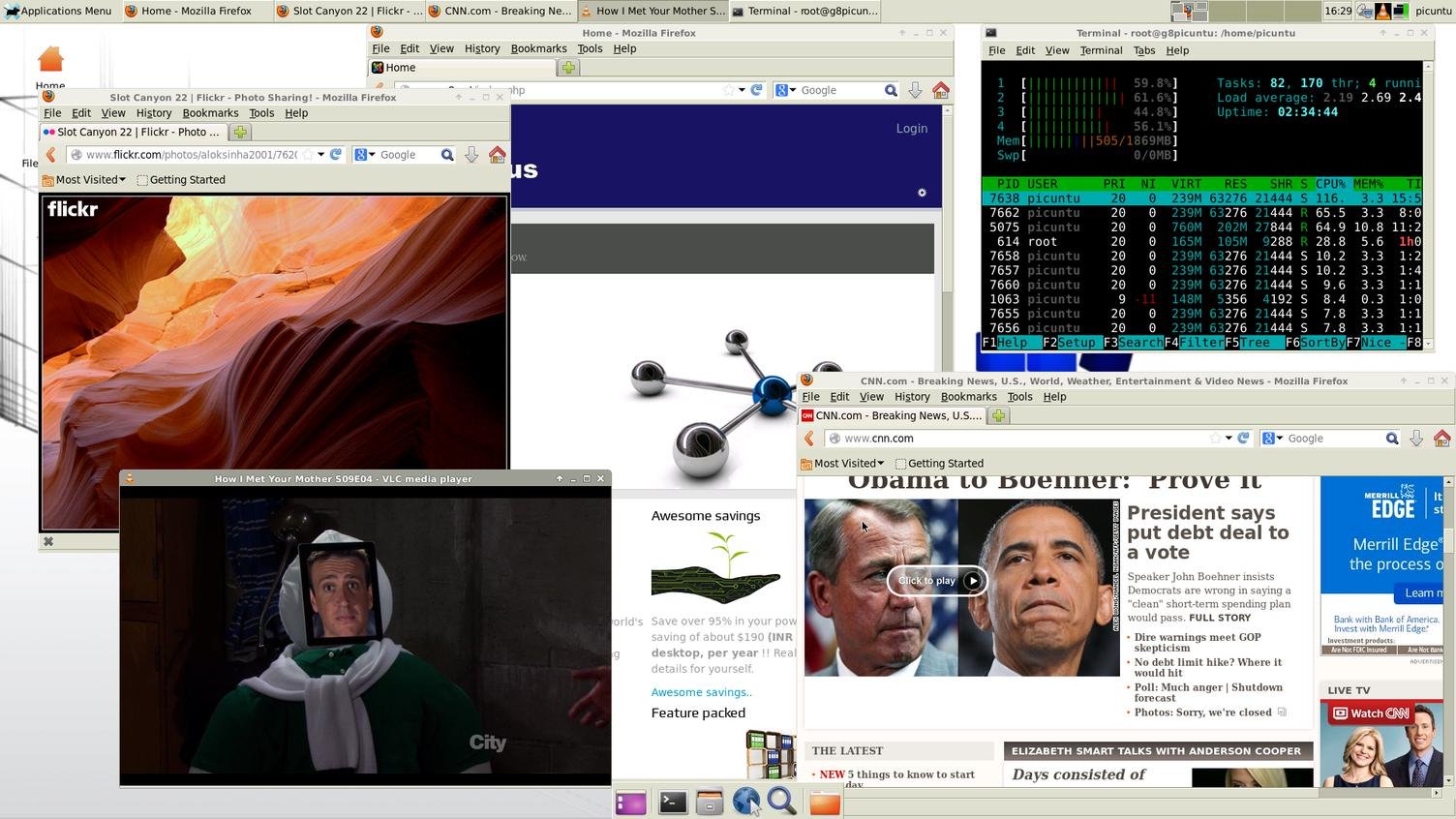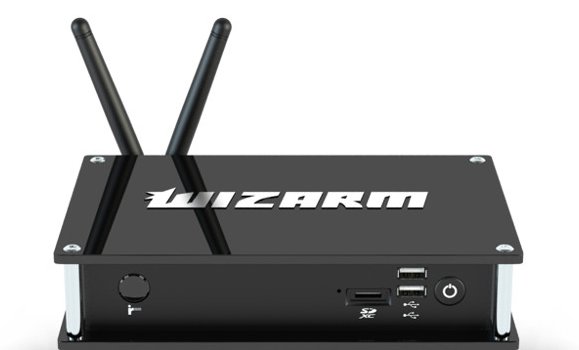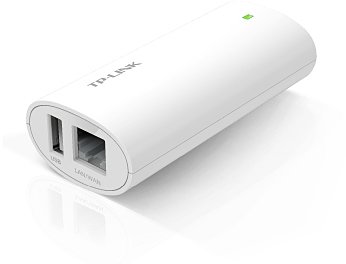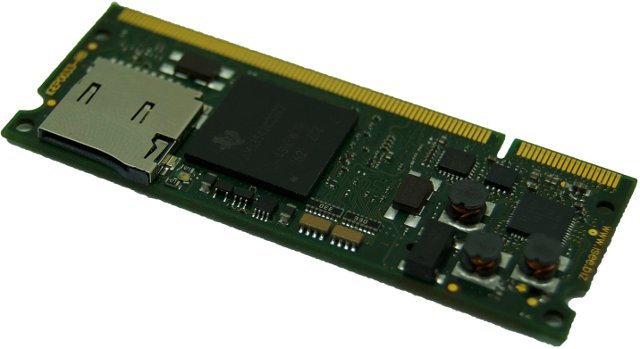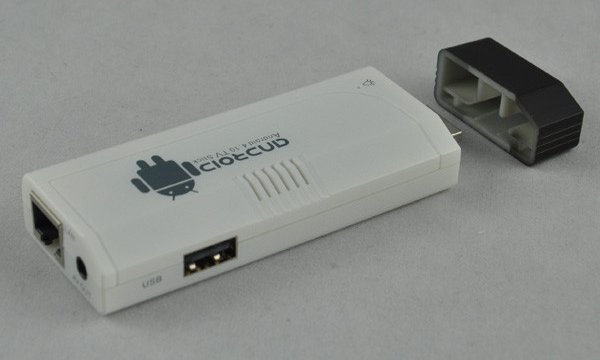Back in May 2013, VIA unveiled VAB-600 Pico-ITX board powered by WonderMedia WM8950 with an ARM Cortex A9 processor @ 800 MHz and a Mali-400 GPU. At the time they provided a starter kit with a 7″ display. The company has now announced the VIA Springboard Platform based on VAB-600 that is available without Wi-Fi for $99 or with Wi-Fi for $129. Here are the items included in the kits: VAB-600 Pico-ITX board with WM8950, 1GB DDR3 SDRAM, 4GB eMMC Flash memory and microSD slot. See VAB-600 post for detailed specifications. VIA VAB-600-A I/O extender card: 1 x Line-Out jack 1 x Mic-In jack 2 x USB 2.0 A-type ports 1 x Suspend LED power indicator 1 x Power On/Off button 3 x board-to-board connectors 1 x USB board-to-board connector VIA VNT9271 Springboard USB WiFi module (Wi-Fi Kit only) – Supports IEEE 802.11b/g/n standards and 802.11e WiFi Multimedia (WMM). Based […]
ISEE Introduces IGEPv5 Board Powered by TI OMAP5432 Processor
ISEE made a call to developers late 2012, asking them what features they’d like for an OMAP5 board. IGEPv5 board is now nearly completed, and people can register their interest to receive the development board in January 2014. IGEPv5 Specifications: SoC – Texas Instruments OMAP5432 dual core Cortex A15 up to 2GHz with POWERVR SGX544 dual-core GPU, and TMS320DMC64x DSP System Memory – 2GB DDR3 RAM expandable to 4GB Storage – Up to 32GB eMMC i-NAND, microSD socket, and mSATA2.0 Interface Connectivity: Ethernet controller: 1 x 10/100/1000Mbps Gigabit Ethernet PHY controler (RJ45) Wifi: 802.11 b/g/n Bluetooth v4.0 Antenna: Internal Wifi/BT Antenna USB – 1 x USB 3.0 OTG (miniAB receptable), 4 x USB 2.0 Host (Type A receptable) Video – 1 x microHDMI (Video + Audio) Audio – 1 x Stereo Audio In (Stereo minijack), 1 x Stereo Audio Out (Stereo minijack) Debugging – DEBUG SERIAL CONSOLE via RS232 (DB9), […]
PicUntu 4.5 Brings Ubuntu 13.04 to RK3188 mini PCs
At the beginning of the year, PicUntu had been released for Rk3066 HDMI TV sticks, but as quad core devices based on RK3188 became popular, work started as soon as the source code was available, and a preliminary version of Linux ran on some RK3188 devices in June. After 4 more months of development an installer for PicUntu 4.5 has been released to allow users to run a customized version of Ubuntu 13.04 on RK3188 HDMI TV sticks or set-top boxes such as T428 or Rikomagic MK802 IV. The installation procedure appears to be easier than earlier version, as there’s only one installer file (247 MB), and you can complete the installation to the NAND flash of your device with just 4 clicks. PicUnutu runs xfce4 desktop environment, supports more than 200 drivers, multiple file systems (nfs, ntfs, cramfs, cifsutils, smb…), lots of different USB devices, serial devices, GPS devices, […]
Wizarm PVR MediaBox Features Samsung Exynos 5250 Processor
Wizarm is an high-end set-top box / PVR powered by Exynos 5250 dual cortex A15 processor, with 2GB RAM, 16GB eMMC, lots of I/Os including USB 3.0 and SATA 3 support running Android 4.2, and soon Ubuntu as well. Although its main use is to handle and process media files, the device can be also used as a PC, gaming console, smart TV box, or even a development platform. Here are the specifications of the device: SoC – Samsung Exynos 5250 dual Cortex A15 up to 2GHz with Mali T-604 GPU System Memory – 2GB Storage – 16 GB eMMC. SDXC card slot, and SATA 3 connector for 2.5″ SSD or HDD I/O ports: SATA 3 USB – 2x USB 3.0, 4x USB 2.0 host ports Video – HDMI OUT, HDMI IN, DisplayPort Audio – LINE IN, LINE OUT, Optical out Connectivity: Wi-Fi 802.11 a/b/g/n (dual Wi-Fi antenna) Gigabit Ethernet […]
$27 TP-LINK TL-MR10U is an Hackable OpenWRT Wi-Fi Router with a Power Bank
TP-Link WR703N is a cheap 802.11 b/g/n router (you can now get it for about $20) that can easily be hacked to run openWRT and for example, act as an home automation gateway, printer server and more. But if you need a battery powered router for your application, TP-Link TL-MR10U, based on similar hardware as TL-703WR, should be a better match as it comes with a 2600 mAh battery, and costs just about $27 on DealExtreme. Here are the specifications of the device: CPU – Atheros AR9331 CPU @ 400Mhz System Memory – 32MB RAM Storage – 4 MB Flash Connectivity: 10/100 Mbit Ethernet port 802.11 b/g/n 150Mbps 3G support via external USB dongle USB – USB 2.0 port + micro-USB port for power Misc – Serial port access Dimensions – 91mm x 43mm x 25.85mm(L x W x H) The device comes with a microUSB cable and a user’s […]
How to Root Rockchip Devices in Linux
Rooting methods for devices based on Rockchip RK3066 and Rk3188 are usually only provided for Windows, so if you run Linux as your main operating system, you would either need to find a Windows based devices, or run Windows in a virtual machine. Luckily, Linux users may not have to switch to Windows anymore thanks to the instructions provided in one article that I’ll summarize below. The steps below are for Ubuntu / Debian based systems, but should be easily adaptable to other distributions. Set up ADB access to the device Install adb:
|
1 |
sudo apt-get install android-tools-adb |
Edit/create /etc/udev/rules.d/51-android.rules with the following line in order to let standard users connect to the device:
|
1 |
SUBSYSTEM=="usb", ATTR{idVendor}=="2207", MODE="0666", GROUP="plugdev" |
Make sure that the Linux user is part of group “plugdev”:
|
1 |
groups user |
Reload of the USB access rules to get the latest one on:
|
1 |
sudo udevadm control --reload-rules |
Add your device USB Vendor ID to adb list. e.g.:
|
1 |
echo "0x2207" >> ~/.android/adb_usb.ini |
Restart the adb […]
ISEE IGEP COM AQUILA Powered by TI Sitara AM3354 Processor is now available for 79 Euros
Back in February, ISEE announced 2 new computers-on-module based on TI AM335x at Embedded World 2013. IGEP COM AQUILA, one of those 2 modules based on AM3354, is now available and we have a more information about software support, and baseboard availability. AQUILA specifications do not appear to have changed since the earlier announcement: Processor – Texas instruments Sitara AM3354 Cortex A8 @ 720 Mhz + PowerVR SGX GPU System memory – 256 MB DDR3 SDRAM, 303 MHz, 16-bit Storage – 128 MB SLC NAND FLASH + on-board micro-SD socket Networking – 1x Ethernet PHY Debug Interface – JTAG Sitara AM335x interfaces – USB Host/OTG, I2C, SPI, CAN, UART, LCD controller, GPIOs, etc… Power – 4V to 5,5V DC via SODIMM connector. 1x Linear 3V3@1A regulator Dimensions – 67,6mm x 26 mm (SODIMM form factor) Temperature Range – Industrial: -40 to +85 C What’s new to me, is the tiny […]
GOsingGO GSG-TB06 Android TV Stick Features an Ethernet Port
There’s a plethora of Android HDMI TV dongles, but all of them only provide Wi-Fi connectivity, and if you need better network performance you need to add Ethernet via an USB to Ethernet dongle. There’s now another solution, that may not be very new, with GOsingGO GSG-TB06 a mini PC based on AllWinner A10 that includes an Ethernet Port. Here are the specifications of the device: SoC – Allwinners A10 @ 1.0GHz System Memory – 1GB RAM Storage -4 to 32 GB flash + micro SD card slot Video output – HDMI & AV USB – 1x USB 2.0, 1x micro USB for power Connectivity – Ethernet (RJ45) + Wi-Fi 802.11 b/g/n (AR6103) Dimensions – 105L x 37W x 15.6Hmm The device comes with a USB power adapter, an RCA (AV) cable, and a user’s manual. The manufacturer says it’s running Android 4.1. The specs are not that great, but […]


